 One of my favorite things about thinking about beer is realizing that it is actually a hugely diversified discussion even if there are significant forces trying to homogenize and standardize and prioritize the discourse. The upcoming beer school at Beau’s Oktoberfest is framing this varieties of views neatly for me. Craig has been out hunting for early central NY hops and was contacted by a home brewer who has made an attempt at one possible take of Albany Ale. Ron has been discussing the early 1800s Hudson Valley brewing logs from Vassar’s brewery and connected with alumni from the college that the brewery helped found.
One of my favorite things about thinking about beer is realizing that it is actually a hugely diversified discussion even if there are significant forces trying to homogenize and standardize and prioritize the discourse. The upcoming beer school at Beau’s Oktoberfest is framing this varieties of views neatly for me. Craig has been out hunting for early central NY hops and was contacted by a home brewer who has made an attempt at one possible take of Albany Ale. Ron has been discussing the early 1800s Hudson Valley brewing logs from Vassar’s brewery and connected with alumni from the college that the brewery helped found.
Me? Me I am most interested in tracking the cultural aspects and how they fix into the context of history. I wrote Stan an email yesterday to see if he had considered the tracking of the name of CNY hops in the 1800s and had to confirm that it was not, unlike one aspect of his focus, the DNA of the varieties that I was interested in but the names given over time to the varieties. I summarized the changes and the reasons for the changes that I have been seeing in an email back this way:
♦ Post-Revolution – economic crisis that sets CNY back for best part of three decades 1775-1805. Hessian fly affects crops during this time moving beer production from wheat to hardier barley. Dutch wheat beers in Albany becomes “Bostonian” or New England style as majority of population shifts culturally. Hardscrabble farming becomes stablized farming.
♦ Post-1812 – agricultural societies, fall fairs and some scientific farming journals start. New England “improvement” moving west. Erie canal helps this take off.
♦ 1822: some sort of crisis in hop crop in UK requires reaching out for more sources, including CNY.
♦ 1830s – Robust export ale trade well underway. CNY brewers not referring to hops according to species but local supplier / grower. Exporting via ship.
♦ 1848 – UK brewers note “American hops” in their brewing log. Not by variety. [Ron has a post on this.]
♦ 1840s-60s: large and small cluster described in CNY. Geographical named hops also being referenced like “Pompey” and “Canada”. Pompey is a town. Canada is a variety that moves south, faces a false imposter and becomes “True Canada” soon after Civil War – the arse is out of all of it and mad breeding and diversification underway. Science meets money.
Keep in mind “Albany Ale” in this sense is all about the barley beer that ruled before lager takes over in around 1875 after four or so decades of expansion. Before 1775 and likely for a bit after, it remains my belief that the Dutch wheat farming of the colonial era was logically – and in accordance with the evidence – also the source of indigenous wheat beer brewing that relied on hops that were a hybrid of local wild hops and Dutch introductions. Others may have a greater interest in the industrial era when Albany was king. Or with the actual techniques of brewing. Or discovery of the actual ingredients of the beers.
Which is great. Because that is what makes the discussion complex and interesting. No one person has it right or framed the discussion.
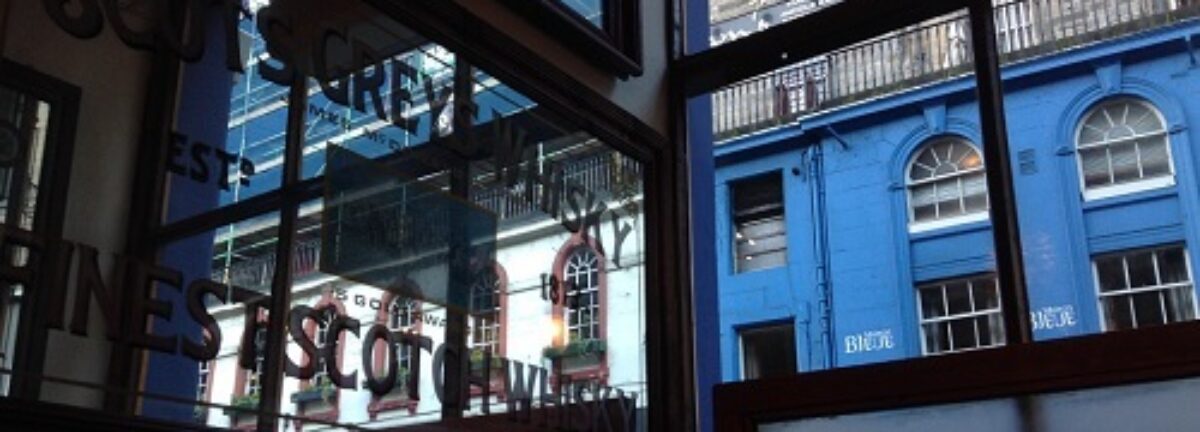
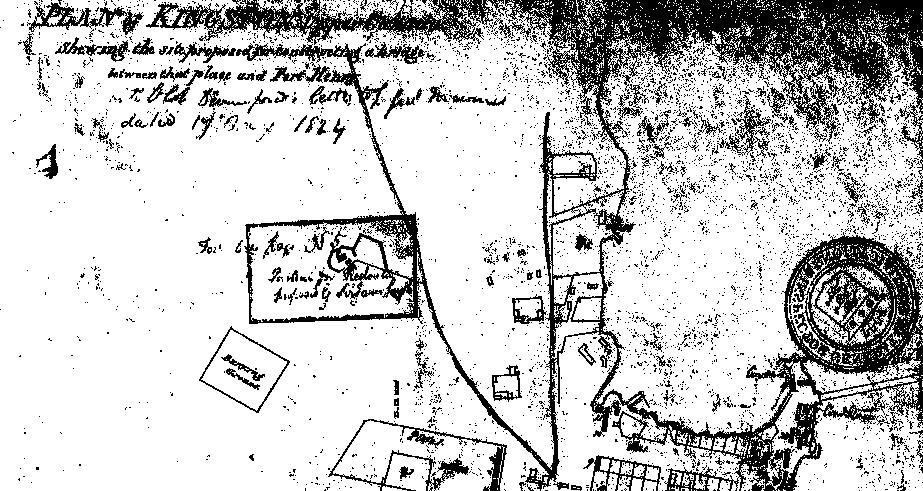

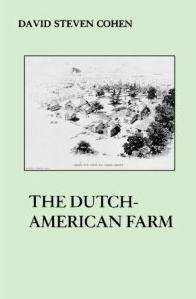
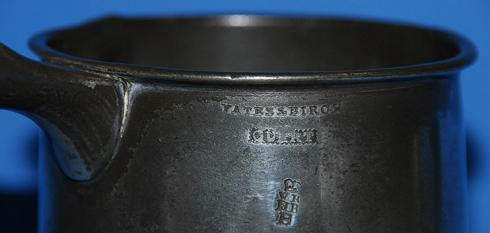
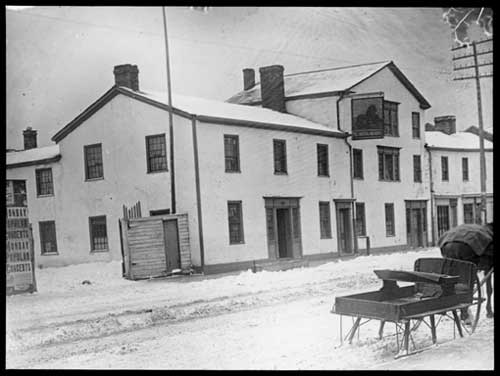
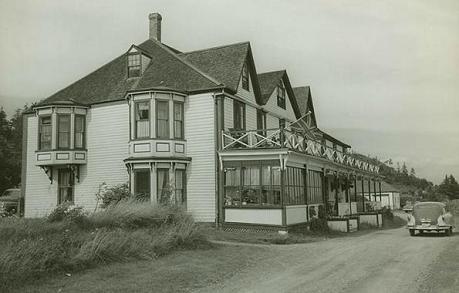
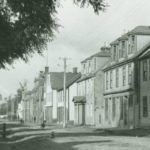



 Over time Duchess is now Richmond and Caroline did become Sherbourne but that is enough to dip into the City of Toronto’s historical maps and atlases
Over time Duchess is now Richmond and Caroline did become Sherbourne but that is enough to dip into the City of Toronto’s historical maps and atlases 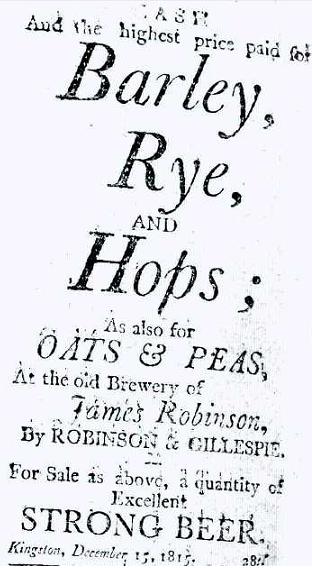 The ad is from
The ad is from